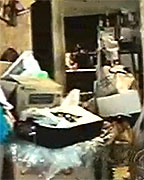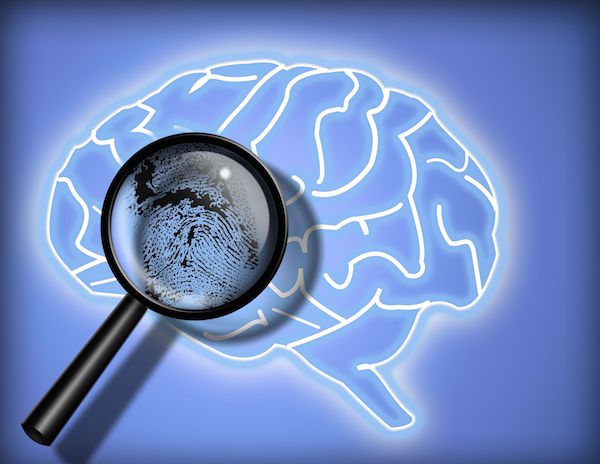
MONDAY, Aug. 6 (HealthDay News) — People with “hoarding disorder” show abnormalities in brain scans that distinguish them from those who have other types of obsessive-compulsive disorders (OCD), new research shows.
“We wanted to see whether the brain activity of people who hoard is different from that of people with OCD, and whether it is different from that of healthy people,” explained study author David Tolin, director of the Anxiety Disorders Center and Center for Cognitive Behavioral Therapy within the Institute of Living in Hartford, Conn. “We also wanted to understand whether people who hoard show an abnormal brain response to decisions about whether to keep things or throw them away,” he noted.
“These findings further suggest that hoarding should be considered separate from OCD, and that it deserves recognition as a unique psychiatric disorder,” Tolin said. “It also shows us that people who hoard have a hard time processing information normally, and that when they have to make a decision their brain goes into overdrive — specifically, those parts that are involved with identifying the relative importance or significance of things.”
Tolin and his colleagues report their findings in the August issue of the Archives of General Psychiatry.
To explore brain activity as it related to hoarding disorder behavior, the researchers focused on a pool of 107 adults: 33 healthy men and women; 31 patients diagnosed with obsessive-compulsive disorder; and 43 patients diagnosed with hoarding disorder.
Study participants were first asked to bring to the lab some of their own paper objects (such as junk mail and newspapers) from home. Each was also given similar paper objects that they did not own.
Then, each person was asked to decide whether or not to keep each individual item, knowing that all discarded items would subsequently be shredded. Throughout the decision-making process, functional MRIs scanned for brain activity.
The results: the hoarding group ultimately dispensed with far fewer pieces of paper than either the obsessive-compulsive disorder group or the healthy participants.
What’s more, abnormal brain activity observed among those in the hoarding group was found to be distinct from that noted among either of the other two groups.
Specifically, when looking at brain imaging of the hoarders, the researchers focused on two regions: the anterior cingulate cortex and the insula.
In both regions, activity was particularly low among hoarders when they faced the dilemma of whether or not to keep or discard paper items that were not theirs. When faced with the question of what to do with items they did own, regional activity was particularly high.
And when comparing behavior against brain scans, the team found that neural activity in the two identified regions did correlate strongly with the severity of hoarding and self-expressed feelings of indecisiveness and discomfort.
Tolin said that his team will next turn to the question of whether or not behavioral therapy specifically designed to tackle the problem of hoarding helps patients.
Dr. Joseph Coyle, a professor of psychiatry and neuroscience at Harvard Medical School in Boston, lauded the fresh insights in the new study.
“What they demonstrate quite nicely is that hoarding does show a pattern of abnormal brain activity that is distinguished from simply being OCD. It clearly has its own distinct pathologic brain activity,” he noted.
“And this illumination is important because although it is fairly uncommon and probably affects less than 1 percent of the population, we’re talking about a serious problem,” stressed Coyle. “This is not about keeping a few extra newspapers in the house. This is about filling your house up with things to the point when you can no longer even live in it. And this study goes a long way towards helping us better understand how and why this happens.”
More information
For more on hoarding, visit the International OCD Foundation.

